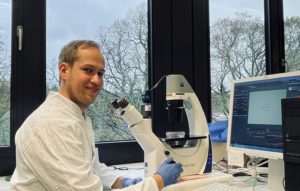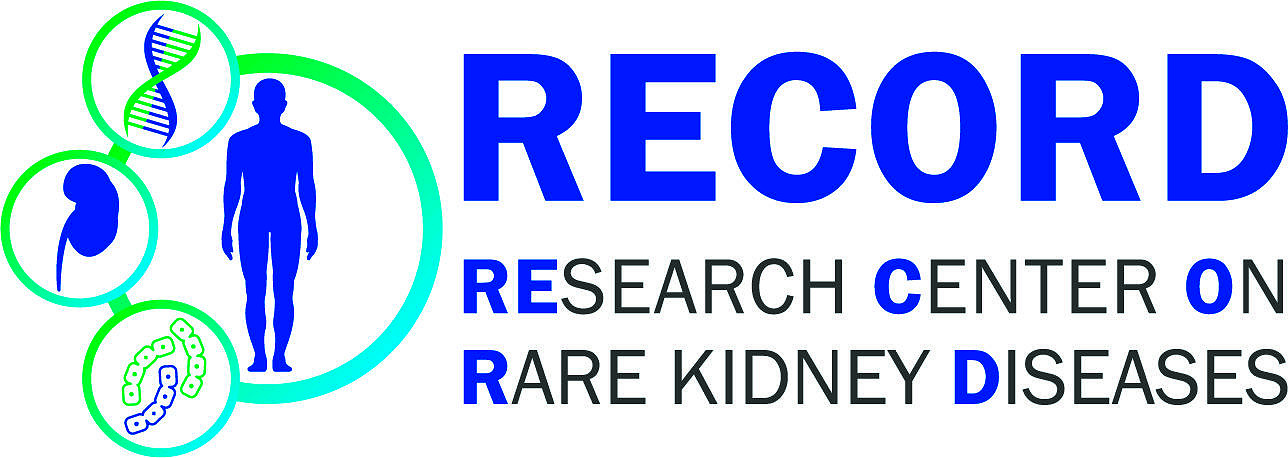 To model VHL-defective renal tubular lesions
To model VHL-defective renal tubular lesions
Wissenschaftliches Arbeitsprogramm (Abstract)
Von Hippel Lindau (VHL) disease is an inherited, autosomal dominant syndrome caused by germline mutations of the Von Hippel-Lindau tumor suppressor gene. These mutations predispose for the development of benign and malignant tumors in various tissues including the kidney. Renal manifestations of the VHL disease comprise renal cysts as well as renal cell carcinomas (RCC). Depending on the underlying mutation and the subtype of the VHL disease approximately 70% of all patients develop RCC during their life. Virtually all RCC occurring in VHL disease patients are clear cell renal cell carcinomas (ccRCC). The mean age at diagnosis is the fourth decade of life but widespread histopathological abnormalities and asymptomatic tumors are frequently detected earlier, hence screening is recommended to begin at the age of 15 years. This also offers a wide window of therapeutic opportunities to prevent progression of tumors.
According to the two-hit model by Knudson, tumorigenesis is provoked by biallelic VHL inactivation. The Von Hippel-Lindau protein (pVHL) is a critical component of the ubiquitin ligase protein complex that regulates the proteasomal degradation of the transcription factors Hypoxia-inducible factors 1 and 2 (HIF). In the absence of pVHL HIF-1α and HIF-2α are stabilized and subsequently induce the expression of hundreds of target genes. Under physiological conditions these genes allow for cellular adaptation to hypoxic conditions including processes such as angiogenesis, proliferation, metabolism and cellular integrity. In ccRCC, the unrestricted accumulation of HIF transcription factors are thought to play a pivotal role in tumor development and progression. However, the role of HIF in early stages of tumor development and the interplay with other pathways in early lesions are incomplete understood.
To gain a better understanding of these early processes, we plan to isolate primary tubular cells from the urine of patients with VHL syndrome. These cells will bring us into an ideal position to model early events of ccRCC in cells from donors with different VHL mutations by introducing a second VHL hit using CRISPR-Cas9. we will use state of the art sequencing techniques such as ATAC-seq, RNA-seq and ChIP-seq to discover epigenetic and expression changes in these manipulated cells. In addition, we will take advantage of a large collection of primary tubular cells, which is available in the laboratory, to focus our work on defining the epigenetic background of potential precursor cells of ccRCC. To achieve this, we will isolate candidate proximal tubular cells from kidneys of patients undergoing tumor nephrectomy using cell sorting. We aim to deplete VHL and other candidate ccRCC genes (PBRM1, BAP1 etc.) in these cells and to use 3D models of tumor growth for exploring factors that drive early renal tumor evolution.
Our work will yield important insights into renal tumor evolution and provide clues for personalized interventional strategies to delay tumor development in VHL patients.
